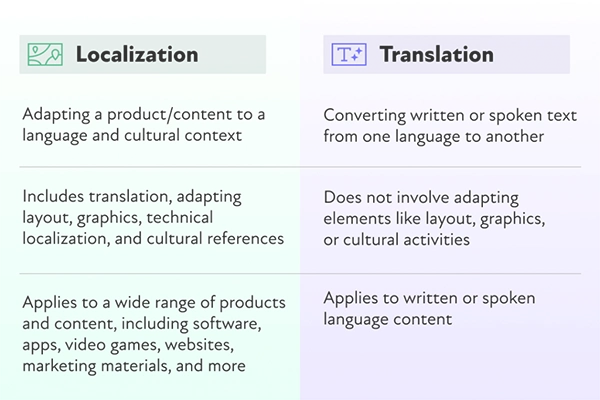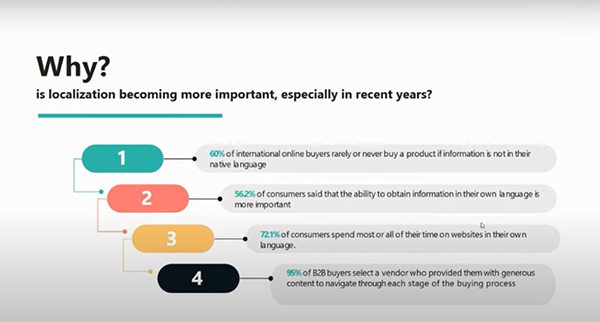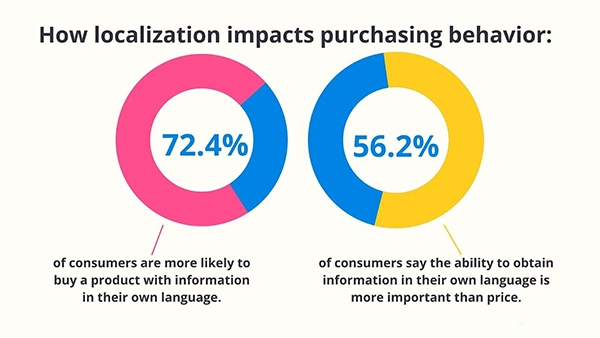I believe that your video content is truly exceptional. But is it really accessible to everyone? Well, the language barrier can greatly hinder your message’s impact. And, this is right where video localization with AI translation comes into play to make sure your messages resonate with a global audience.
In fact, this localization strategy can be so efficient that it can increase your website traffic by up to 70%, which is huge, by the way (Source: CSA Research)
So, In this read, we’ll delve into the best practices to break the language barrier and captivate the global audience.
Let’s start!
Video translation refers to the process of converting text from one language to another, while on the other hand, video localization involves more than just translating the dialogue. This involves adapting a video to a specific target market by taking all the cultural nuances, local preferences, and technicalities into consideration.

Localization is crucial for a variety of reasons, here take a look at some of them:

The video localization process has been through a long journey, and AI has been a major transforming factor in it. Here is how this process evolved throughout the timeline:
Before the advent of AI, video localization was a laborious and costly process. This involved a team of linguists, voice actors, and technical experts to adapt the content to different languages and cultures.
AI has revolutionized the video localization process by automating the range of manual tasks involved in the process. It can now quickly translate the text, generate subtitles and even create voiceovers in multiple languages. This AI Video Translator has significantly reduced the time and cost associated with video localization
Do You Know?
According to the Common Sense Advisory, using an AI-powered translation tool can reduce the translation cost by up to 50%, while improving the translation quality by up to 30%.
AI leverages several advanced techniques to power video localization. Here are three of the core components:
So, if you’re also looking to reach your targeted regional audience, here are some of the best practices for AI multimedia localization:
So, following these practices, you can leverage AI to create high-quality video content that is well-suited for your targeted audience.
Deciding whether to localize your videos or not depends on various factors, such as:

By considering these factors, you can effectively localize your videos and achieve your global business goals.
Video content is already one of the most effective ways to engage the audience. And, when it gets combined with a well-rounded localization strategy, it can help businesses break the language barriers and connect with viewers from diverse cultures.
So, by understanding the intricacies of video localization, from literal translation to cultural adaptation, you can ensure your message resonates with your target audience while aiming for long-lasting success.

Thanks for choosing to leave a comment. Please keep in mind that all comments are moderated according to our comment Policy.